
Don't Hold Back: The Only Camera You Need Is The One That's With You!
Waiting on expensive gear is just an excuse for you not to create when you have a very powerful tool in your hand. Telling a story in the 21st Century has never been more accessible! The films below were all shot on early models of iPhone with some simple lens setups.
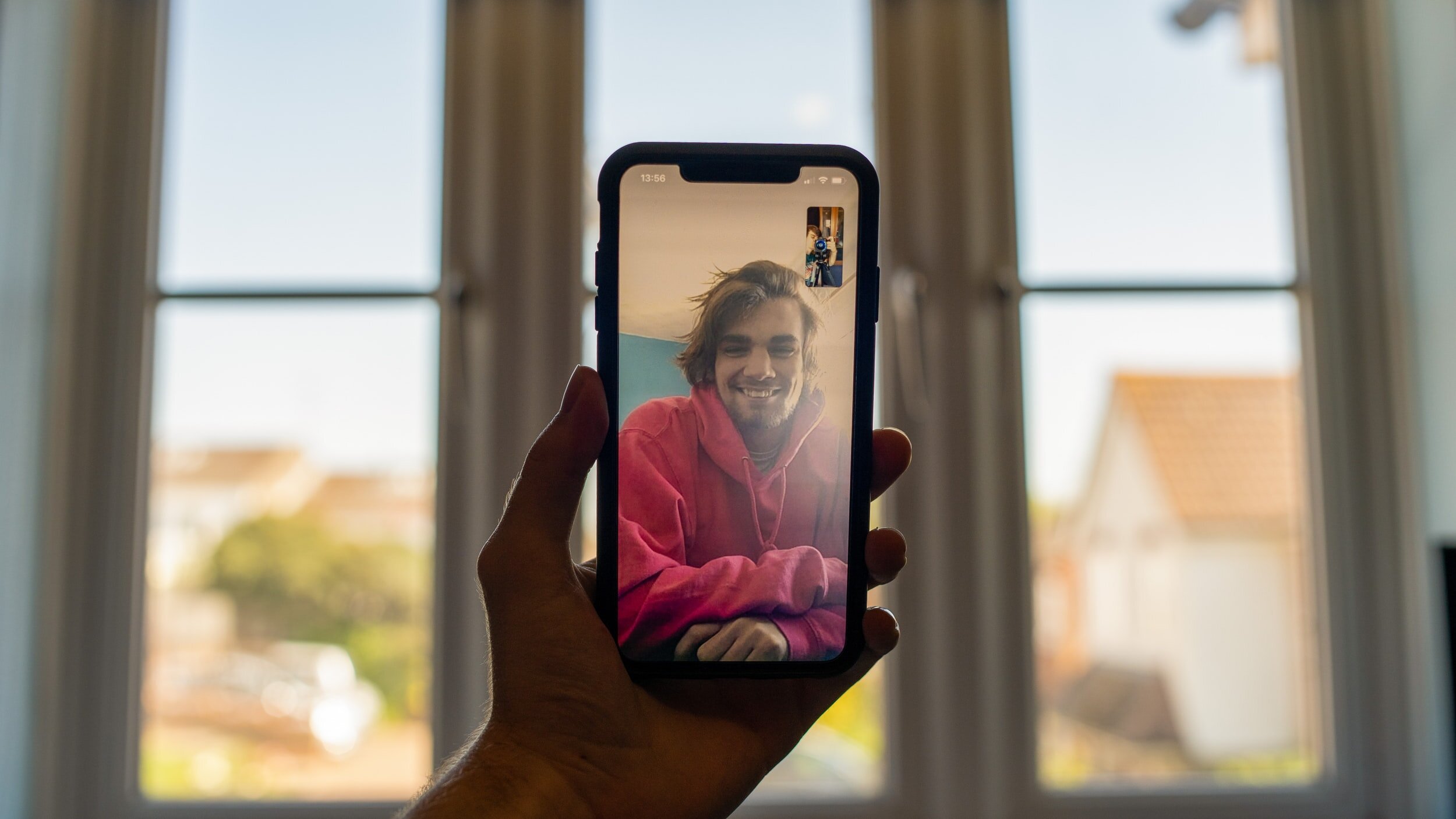
Ready For Your Close-Up? How To Look Great On Camera
The bright lights of the stage when the curtain goes up are not the same as the light that turns on when your HD webcam tells you your event has begun and that other people are now watching. It is as different an experience for you as it is for your audience. But following some basic steps can make the digital stage as rewarding as the theatre you stood upon a year ago.
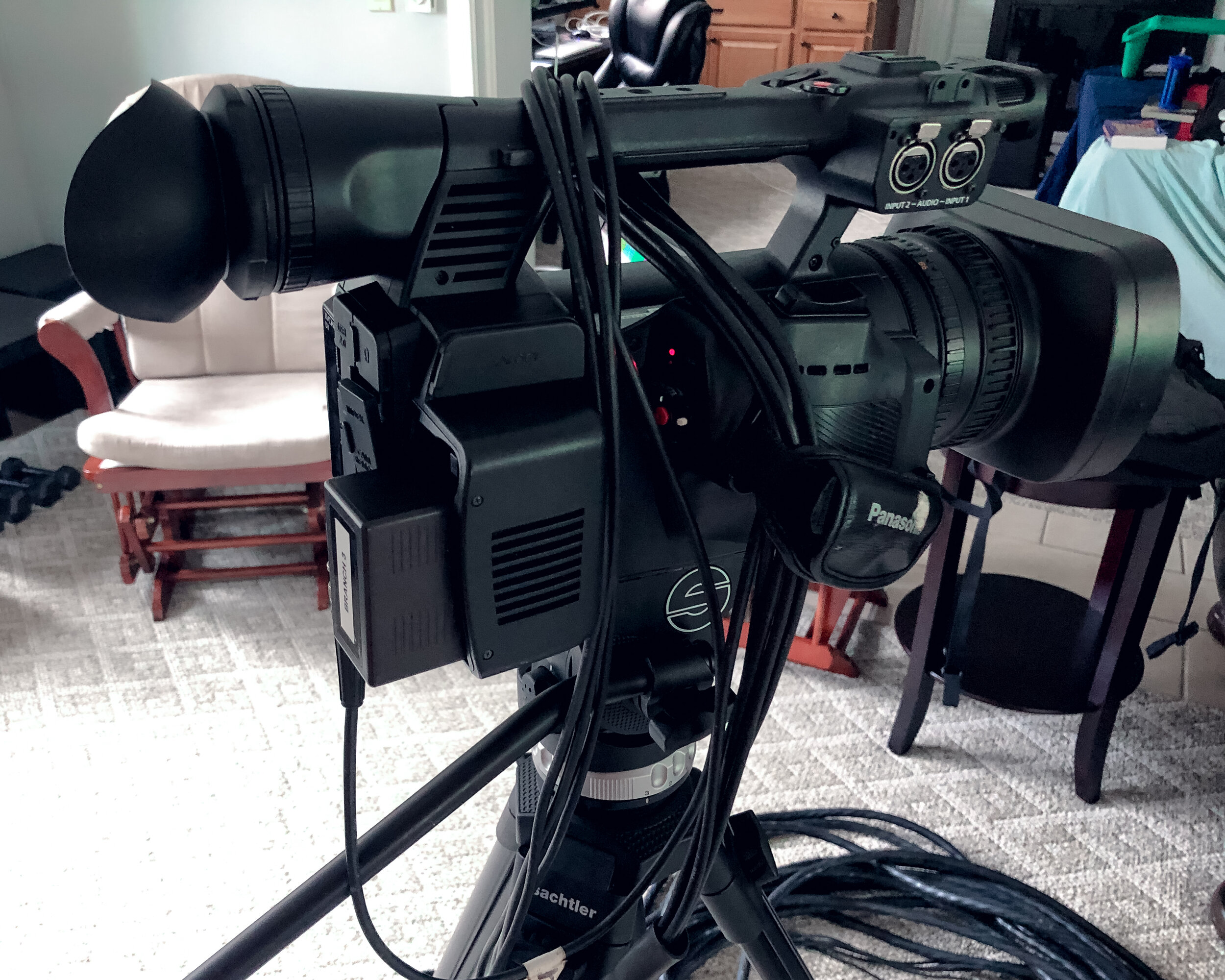
Tips for Quality Video and Cable Care
Our tools extend beyond our cameras, lights, and microphones to the various tips and tricks that we acquire along the road of practice made perfect. These useful techniques become the difference between knowledge and experience, which yields wisdom. To this effect, here are some helpful hints that might assist you in becoming a little better with your tools.
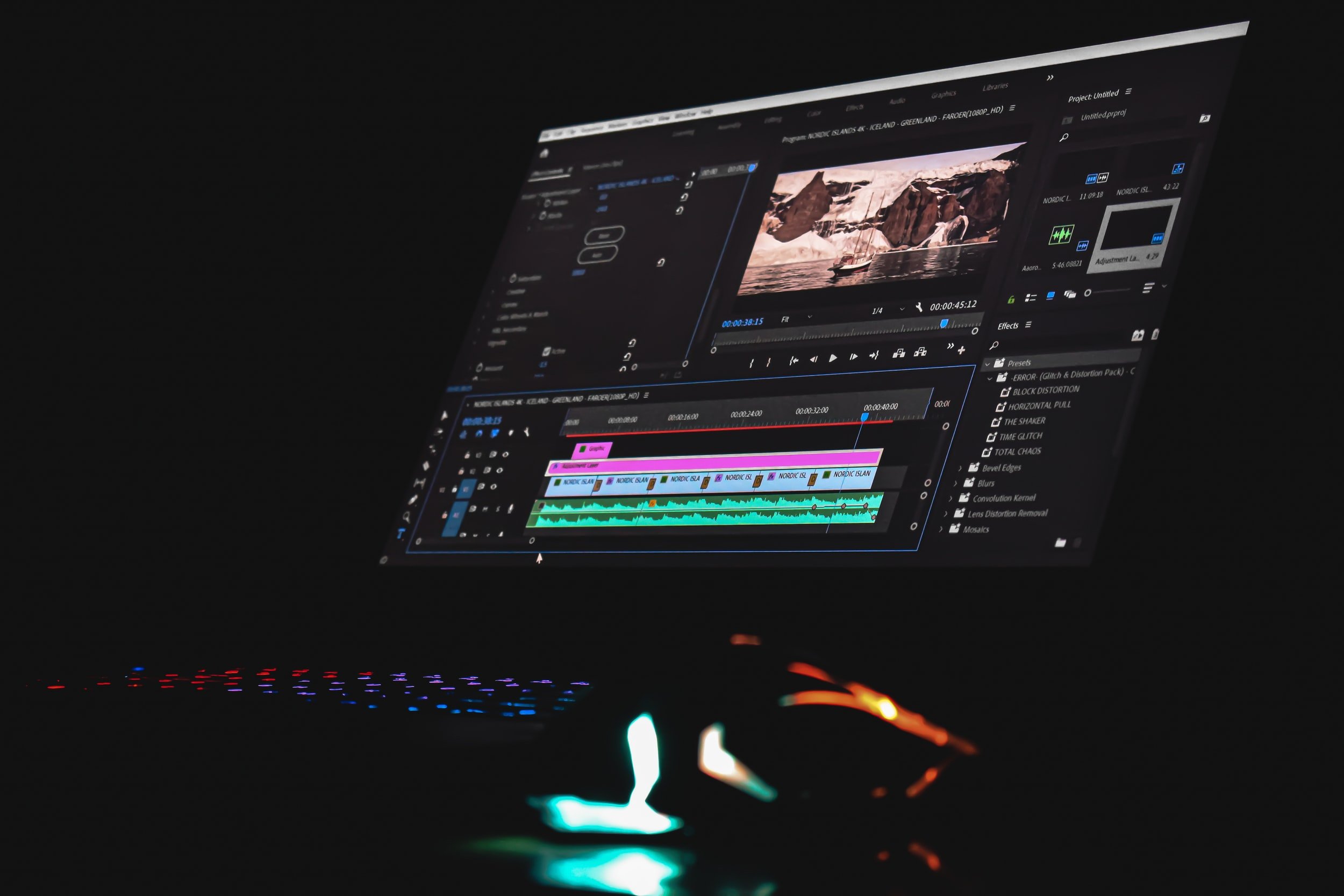
Shoot for the Edit
The first rule of shooting b-roll, BRING A TRIPOD! Yes they are bulky and a pain to carry and setup, but no one is the “human Steadicam.” Unless you have to shoot off of your shoulder, such as the sidelines of a sporting event where someone could get hurt running into a tripod and camera, don’t. Nothing says amateur like shaky video.
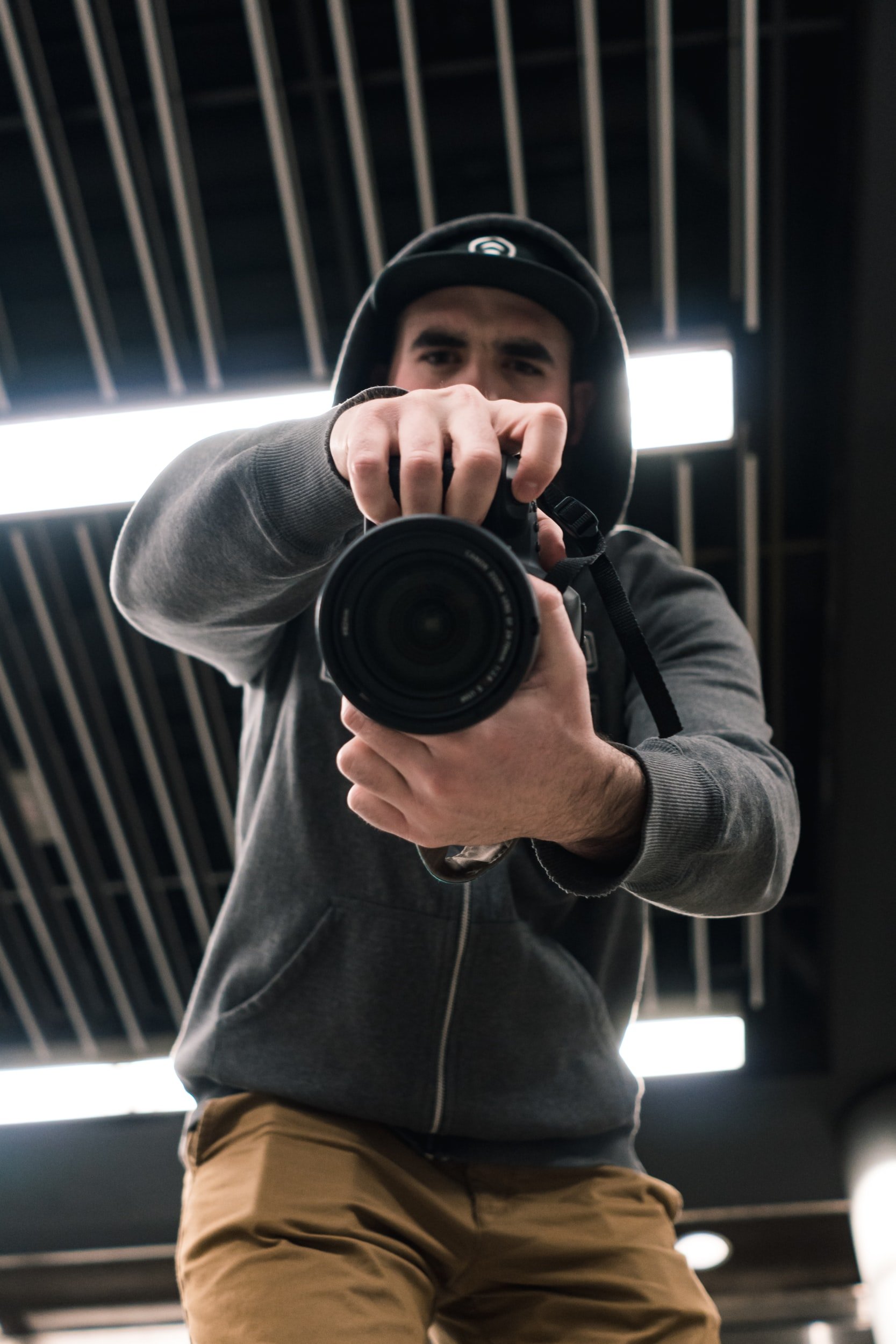
More Powerful Shot Design for Your Storyboard (like the pros do)
Sure, you can just wing it when you get on location but when you do that, you’re missing the opportunity to do something great

Interview Camera Setups
You have many choices as to how to shoot an interview, determined in part by the story, the style of the movie, availability of equipment, size of the crew and the amount of physical space in which to shoot. Remember, the better the coverage, the more options you'll have in the editing room. Below are the most common ways of shooting sit-down interviews.
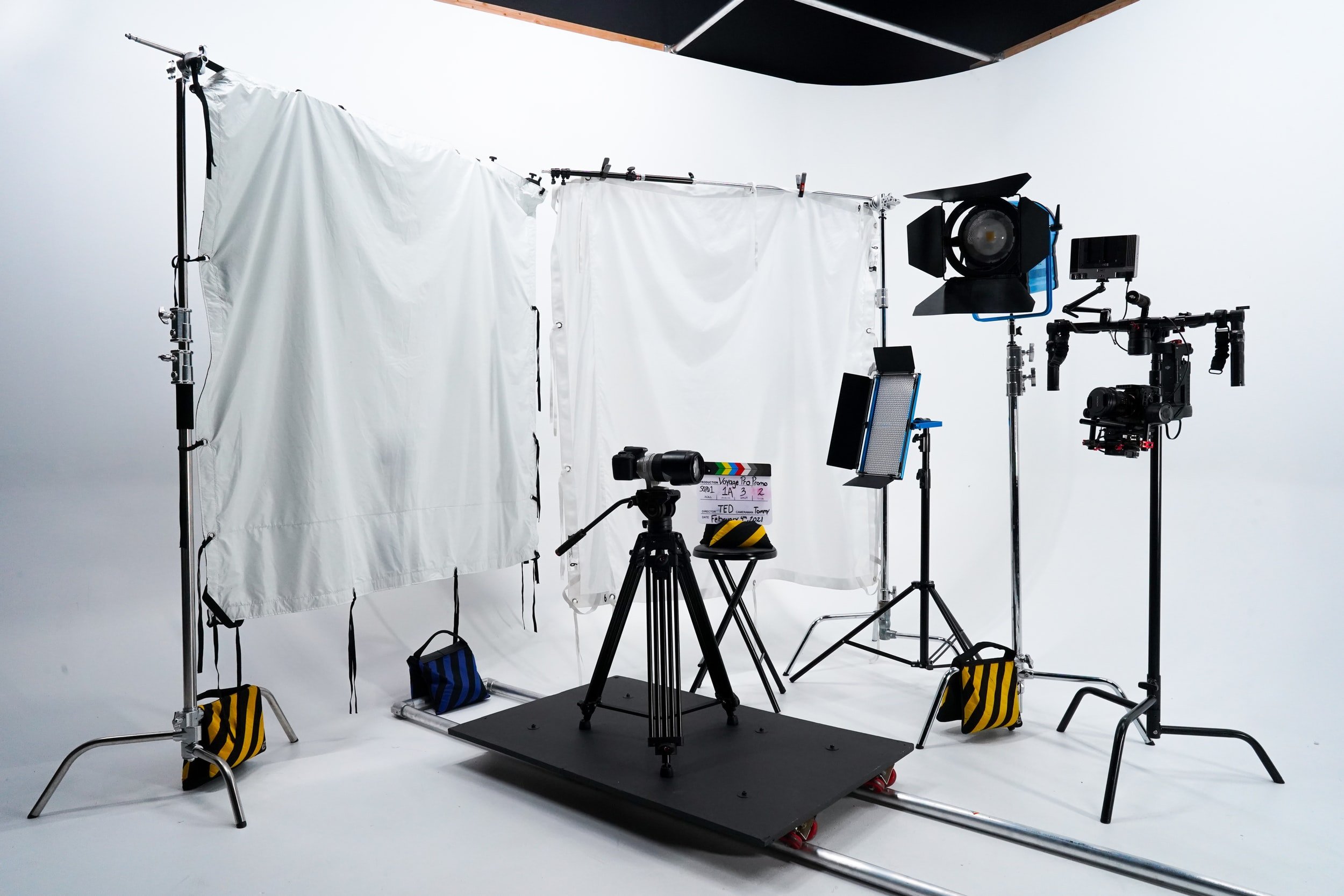
9 Basic Camera Moves
Professional videographers usually follow this one rule of thumb: when it comes to camera movement, it must be motivated. Because it looks cool, is usually not a valid reason for using tricky camera moves. Instead, you can use camera moves to change the viewer's perspective making what you shoot look bigger, smaller, or even scarier. You should use camera movement to tell your story better and to enhance the viewer's experience.
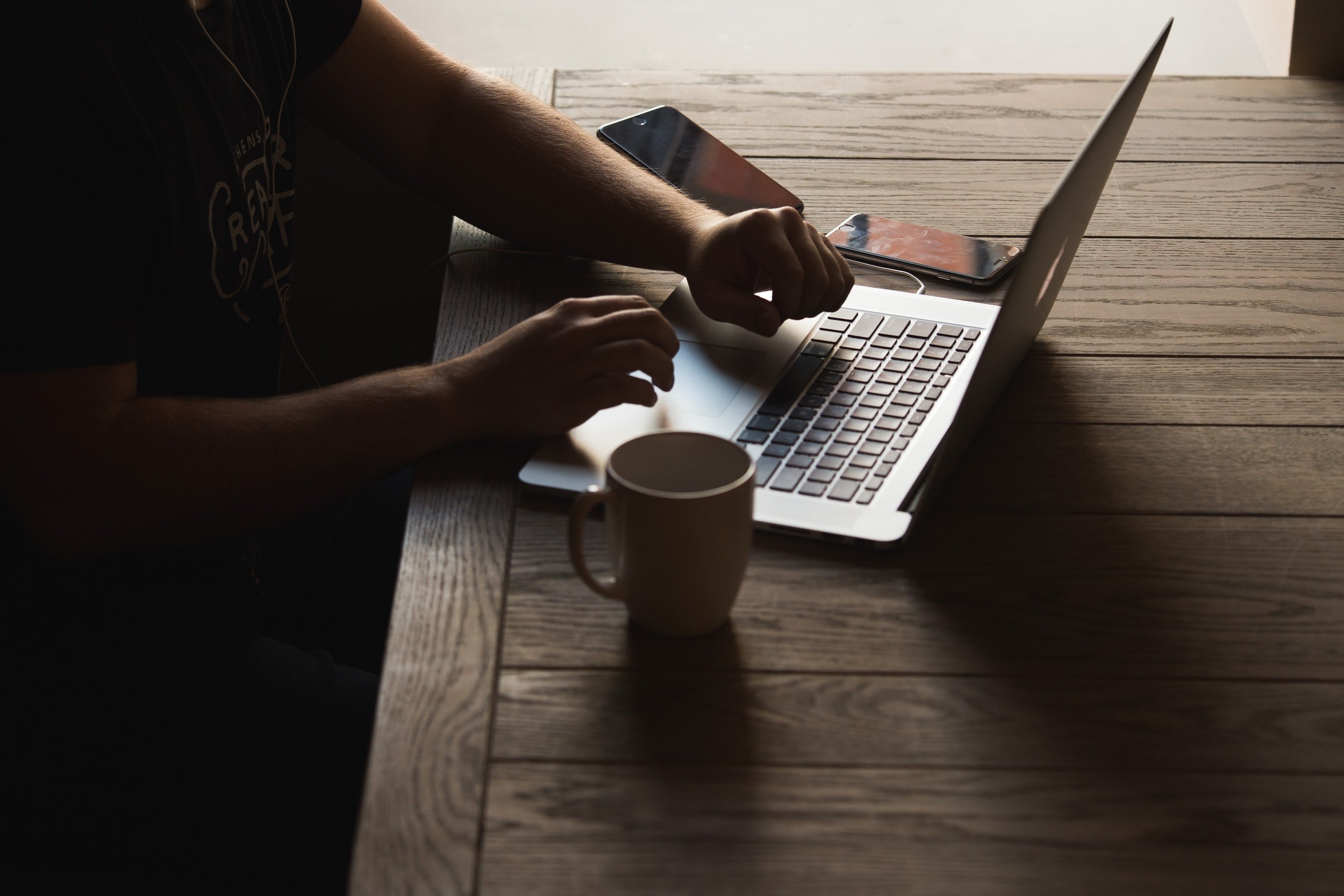
Remote Production
Remote productions, other than news, usually utilize multiple cameras. As mentioned in other articles, single-camera remote productions are generally referred to as ENG or EFP productions. In this article, we will use remote productions to refer to both multi camera and single-camera productions.

